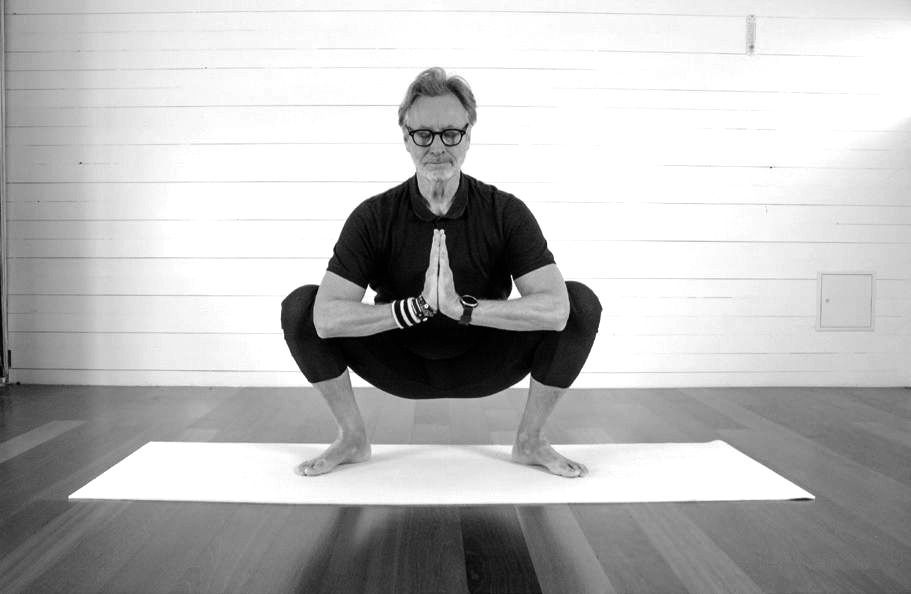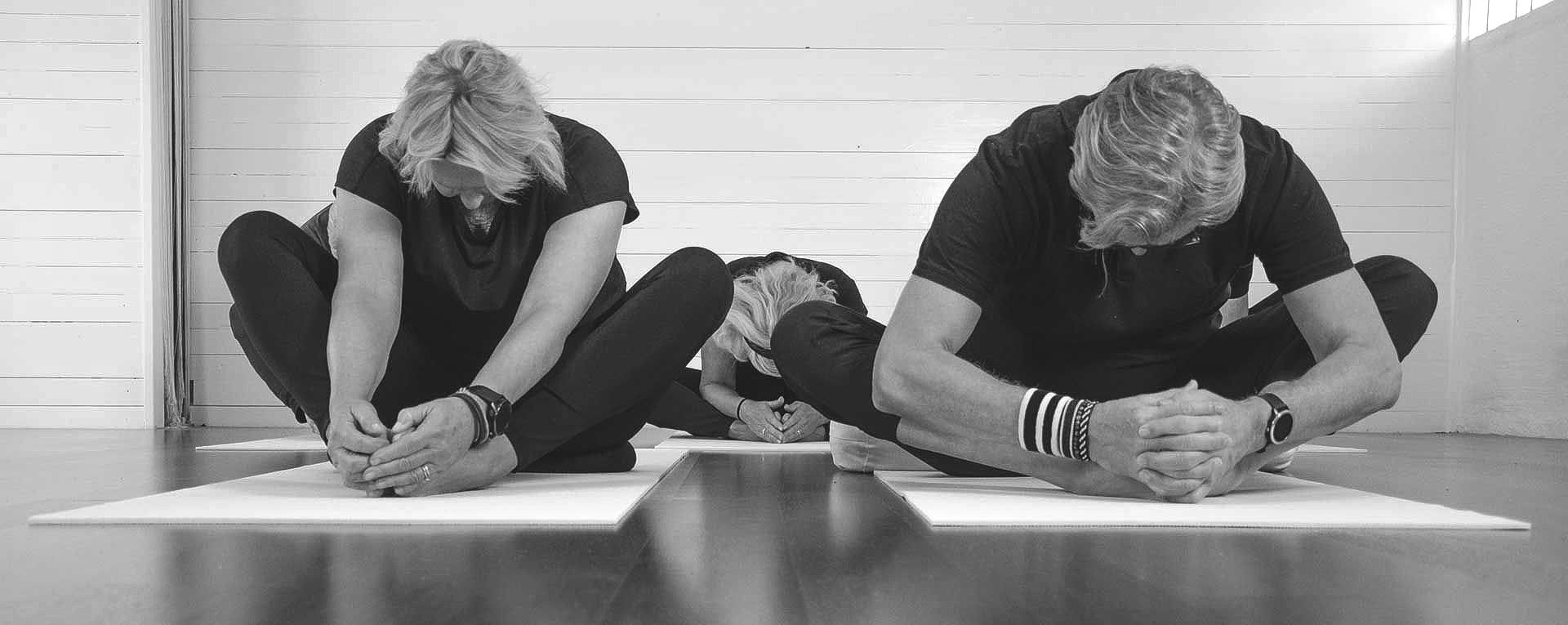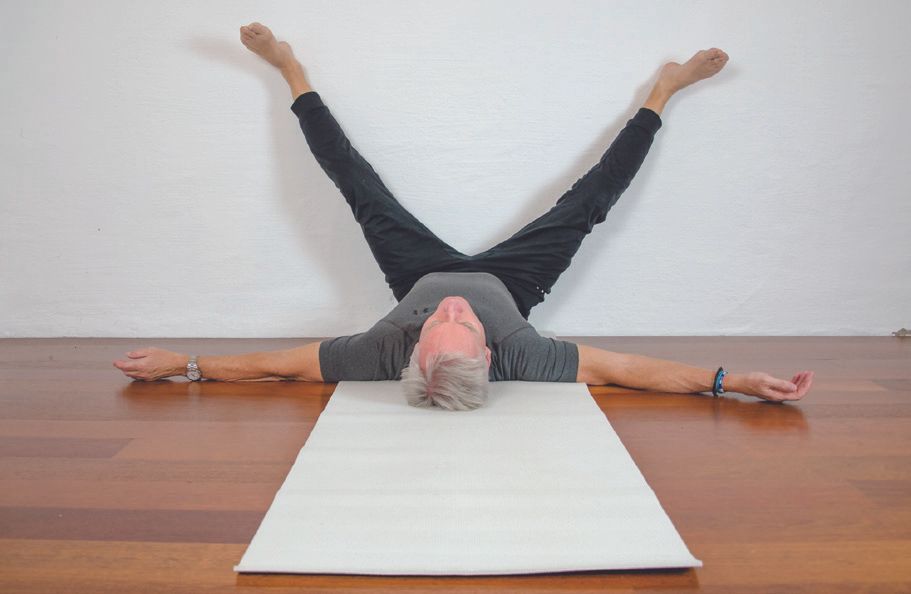For Relieving Stiff Backs And Sciatica
The most common form of back pain is when you sit or lift things incorrectly, creating what’s called postural stress.
When we sit down—which we do for long hours, in front of computer screens or watching streaming channels—we cause our backs to curve.
According to the Cornell University Department of Ergonomics, we add close to ninety percent as much pressure to our discs when we’re sitting than when we’re standing
WHAT IS SCIATICA?
Sciatica is the pain that results from irritation or inflammation of the sciatic nerve as it winds its way from your lumbar spine down through your legs.
It frequently flares up while bending over, running, sitting (especially driving), and during other active or passive everyday movements.
When we sit down—which we do for long hours, in front of computer screens or watching streaming channels—we cause our backs to curve.
According to the Cornell University Department of Ergonomics, we add close to ninety percent as much pressure to our discs when we’re sitting than when we’re standing
WHAT IS SCIATICA?
Sciatica is the pain that results from irritation or inflammation of the sciatic nerve as it winds its way from your lumbar spine down through your legs.
It frequently flares up while bending over, running, sitting (especially driving), and during other active or passive everyday movements.
WHAT CAUSES SCIATICA?
The medical community agrees that the most com-mon cause of sciatica comes from the spine where disc problems can create direct pressure on the roots of your sciatic nerve.
Another cause is piriformis syndrome where the piri-formis muscle has become shortened, pressing down on the sciatic nerve. The piriformis is a flat, narrow muscle that runs from your spine through your bot-tom to the top of your thighs.
Beginning. Savasana for four minutes
If you want a variation on Savasana you can try Pentacle pose where you move your arms so that they are square to your body, and space out your legs by putting your feet on the sides of your mat.
Savasana relaxes your body and can improve your posture, helping to relieve sciatica.
The medical community agrees that the most com-mon cause of sciatica comes from the spine where disc problems can create direct pressure on the roots of your sciatic nerve.
Another cause is piriformis syndrome where the piri-formis muscle has become shortened, pressing down on the sciatic nerve. The piriformis is a flat, narrow muscle that runs from your spine through your bot-tom to the top of your thighs.
Beginning. Savasana for four minutes
If you want a variation on Savasana you can try Pentacle pose where you move your arms so that they are square to your body, and space out your legs by putting your feet on the sides of your mat.
Savasana relaxes your body and can improve your posture, helping to relieve sciatica.
Caterpillar
Three minutes
Caterpillar relieves pressure on your lower back and sciatic nerve. It also relieves back pain by rotating your pelvis slightly.
Counterpose: Hug your knees to your chest.
Caterpillar relieves pressure on your lower back and sciatic nerve. It also relieves back pain by rotating your pelvis slightly.
Counterpose: Hug your knees to your chest.
Wide -Knee Child's Pose
Four minutes
Child’s pose helps stretch your spine, making your lower back, hips, and thighs more flexible, while stretching the muscles around the nerve.
Counterpose: Cat/cow.
Child’s pose helps stretch your spine, making your lower back, hips, and thighs more flexible, while stretching the muscles around the nerve.
Counterpose: Cat/cow.
Sleeping Swan or Figure of 4
Four minutes each side
This stretch can help relieve sciatica by externally rotating your front leg, stretching your quads, hip flexors, IT band, and piriformis muscle.
Counterpose: Downward Dog.
This stretch can help relieve sciatica by externally rotating your front leg, stretching your quads, hip flexors, IT band, and piriformis muscle.
Counterpose: Downward Dog.
Half/Full Shoelace
Two minutes each side or four minutes
Shoelace helps decompress your lower back and relieves pressure on your sciatic nerve.
Counterpose: Deer pose.
Shoelace helps decompress your lower back and relieves pressure on your sciatic nerve.
Counterpose: Deer pose.
Dragonfly
Four minutes
Short hamstrings stress your lower back and can cause or aggravate back pain and sciatica. This pose stretches your hamstrings and inner thighs to increase hip mobility, which should help relieve back pain.
Counterpose: Window Wipers.
Short hamstrings stress your lower back and can cause or aggravate back pain and sciatica. This pose stretches your hamstrings and inner thighs to increase hip mobility, which should help relieve back pain.
Counterpose: Window Wipers.
Ending. Savasana for five minutes
Enjoy five minutes of relaxation for a deep rest that releases the tension—and pain—in your body. Try supporting your knees and/or your lower back with a blanket or bolster to increase relaxation and decrease pressure on your back and nervous system.
How does your back feel now?
Enjoy five minutes of relaxation for a deep rest that releases the tension—and pain—in your body. Try supporting your knees and/or your lower back with a blanket or bolster to increase relaxation and decrease pressure on your back and nervous system.
How does your back feel now?
More Sequences To Try
List of Services
-
Introduction to Yin Yoga SequenceIntroduction to Yin Yoga Sequence
-
Asymmetric Poses For A More Symmetrical BodyAsymmetric Poses For A More Symmetrical Body
-
Aching Shoulders & SpineAching Shoulders & Spine
-
For Relieving Stiff Backs And SciaticaFor Relieving Stiff Backs And Sciatica
-
For GolfersFor Golfers
-
For Walkers & HikersFor Walkers & Hikers
-
For Better SleepFor Better Sleep
-
For Healthier Knees And HipsFor Healthier Knees And Hips
-
A 30-Minute Sequence For Improving DigestionA 30-Minute Sequence For Improving Digestion
-
For SkiersFor Skiers

























